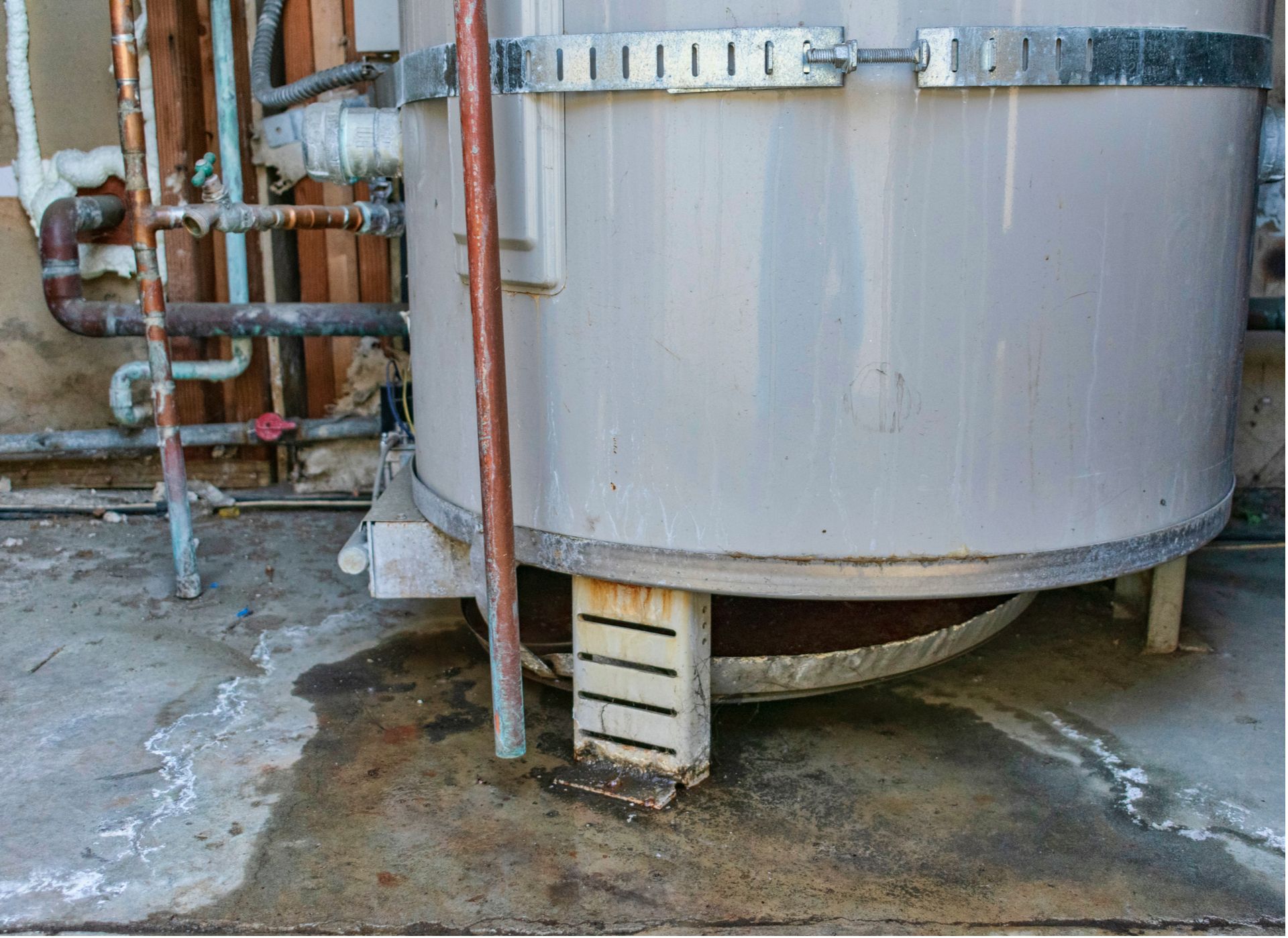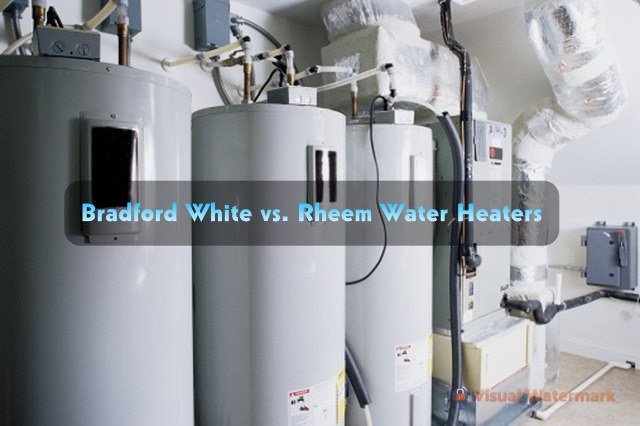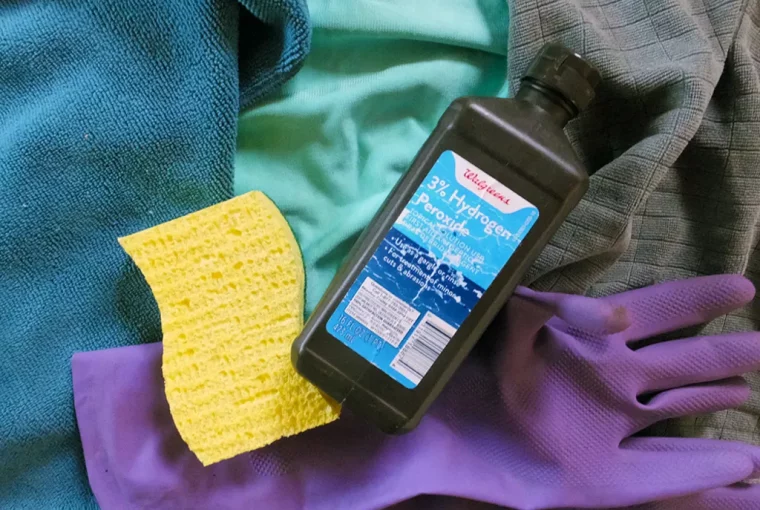Ensuring that your hot water tank is adequately filled is crucial since an empty or partially-filled reservoir can inflict harm on the heating component or even trigger a potential fire risk. Therefore, it’s imperative to know that your tank is full before you turn the thermostat on.
So, to determine if your hot water heater is fully filled, you can employ one of the easiest and most widely utilized methods, which involves opening a hot water faucet and observing the absence or presence of air. This technique can help you make sure if it’s full or not.
Let’s see how you can implement this procedure.
How can I determine if my hot water heater is full?
Follow these step-by-step guidelines to carry out this procedure:
- Locate a hot water faucet in your residence that is connected to the water heater. It can be in the bathroom, kitchen, or any other area where you can access hot water.
- Ensure that all other faucets in your home are closed to avoid any confusion and obtain accurate results.
- Open the hot water faucet, and allow the water to run for a few moments.
- Examine the water flow attentively as it emerges from the faucet. If the hot water heater is filled, the water should flow continuously and smoothly, devoid of any air spurts.
- If you observe intermittent bursts of air or hear a sputtering noise, it indicates that the hot water heater is not yet completely filled. This could be attributed to the tank still filling up with water or the presence of trapped air that needs to be expelled from the system.
- Keep the hot water faucet open for a few additional minutes to allow any remaining air in the pipes to escape and ensure that the water heater becomes entirely filled with water.
- Monitor the water stream as the hot water continues to flow. Over time, the bursts of air should diminish, and a consistent flow of hot water should be established.
- Once you observe a steady and uninterrupted stream of hot water without any traces of air, close the faucet.
- If you want to double-check, you could close the tap and open it again after a few seconds to confirm that the water flows properly without any disruption.
By employing this method and observing the water flow from a hot water faucet, you can easily ascertain whether your hot water heater is fully filled or not. This approach will assist you in maintaining the efficiency and functionality of your hot water system, guaranteeing a dependable supply of hot water for your daily requirements.
Final Thoughts:
Even though handling and maintaining a hot water heater isn’t the easiest thing to do, the technique of knowing that your tank is full is pretty straightforward and doesn’t require any high-level skills. Therefore, you can take care of this task conveniently without hassle.
FAQs
Why does my hot water faucet sputter?
Usually, the sputtering takes place due to the presence of air in the water pipes. However, if you increase the water pressure and allow it to flow consistently, the noise can go away as the air expels from the system.
Conversely, a faucet aerator which is supposed to purify tap water and eliminate dirt and grime can become obstructed due to the accumulation of sediments and other contaminants over time, causing the faucet to sputter when you open it. So, you can clean the aerator to get rid of the issue.
One way to do so is by removing it and immersing it in vinegar before reattaching it back onto the faucet.
What are the risks involved in not knowing that your water heater is full?
If the heating element continues to operate while the water heater is not filled, it may cause overheating and harm to the tank or other parts. On the contrary, overfilled water heaters may rupture or leak, resulting in extensive property damage and potential injury to individuals nearby.
That’s why it’s imperative to confirm the water levels in your water heater tank to maintain the safety and proper functionality of the appliance.
How do I know if my water heater needs to be flushed?
The presence of sediment buildup in a water heater can be identified by certain signs such as unpleasant odor, water discoloration, unusual sounds like popping or banging, or low water pressure. These signs can have a detrimental effect on the water heater’s efficiency and performance. Therefore, it is crucial to take prompt action and flush the system to maintain the water heater’s optimal functioning.



